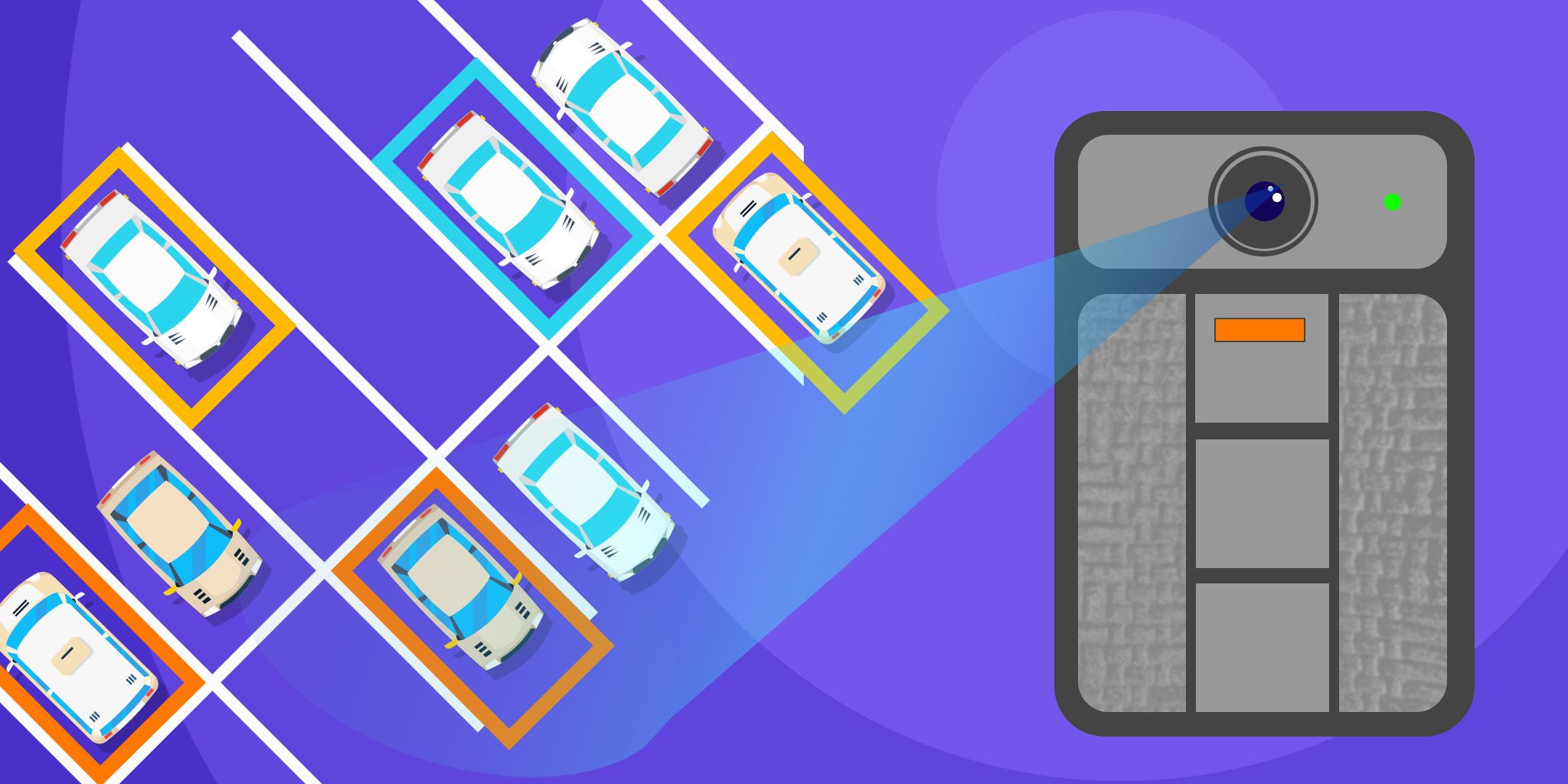IoT Applications in the Automotive Industry
IoT Applications in the Automotive Industry
- Last Updated: December 2, 2024
Reilly Dunn
- Last Updated: December 2, 2024



The automotive industry is innately innovative. Cars were an upgrade from the horse-and-buggy, and we’ve been iterating on that initial concept ever since, redefining the Applications and developing new ones along the way. At both commercial and consumer levels, IoT applications open up entirely new opportunities for the automotive industry. We’ll explore two of them below: vehicle tracking and connected cars.
Vehicle Tracking
Automotive fleets, dealerships and vehicle auction lots have large, multi-acre properties with thousands of vehicles on site. Vehicle tracking through IoT provides a great solution for managing inventory efficiently and in real-time.
The rising trend in lot management and inventory solutions for these commercial sites is supported by IoT. Using GPS-enabled trackers that communicate with a local low-power wide-area network like LoRa, dealerships are able to monitor the location of each vehicle on their lot. This means their salespeople can more quickly find vehicles for customers, eliminating the needle-in-a-haystack scenario of trying to find one particular vehicle in a sea of thousands. Vehicle location and information is then displayed on a user interface that mirrors the lot, providing lot managers both a more holistic and more granular view of their inventory.
From a consumer perspective, there are many reasons you might need to know the location of your car. Where did you park it? Is it stolen? Did your kid take it out for a joyride?
While there’s still no solution for rebellious teens, many companies are developing consumer-level vehicle tracking solutions. Mastrack, MobiCoPilot, and Motosafety each cater to concerned parents with GPS-enabled devices that plug into a vehicle’s diagnostic port to track vehicles. According to Consumer Reports, “The devices work similarly overall. With each, you go to a website that lets you set limits for the driver and view a map that shows the vehicle’s location and route. If the car exceeds a set speed or other limit, the devices send you an e-mail or a text alert, or both.” You can also set geographic boundaries ("geofences") on the website, and will be alerted should be vehicle leave those boundaries. They’ll even tell you if the device has been disconnected and/or reconnected
We can’t discuss vehicle tracking without including LoJack. Their stolen vehicle recovery system consists of a small unit hidden in your vehicle, which is activated by local law enforcement when you report your stolen vehicle. Upon activation, the unit sends out a signal on a set frequency that can be received by police cars within about 3-5 miles. However, LoJack uses short-range radio broadcasts, which can be blocked (intentionally or not) and delay or prevent the device from communicating the vehicle’s location.
Connected Cars and C-V2X
When thinking about IoT applications in automotives, connected cars are probably the first thing to come to mind. GM’s OnStar was released in 1996 and literally saved lives with its connected communication subscription service, which allowed for GPS location tracking and in-vehicle communication.
Connected cars encompass more than just location tracking, though. The 3rd Generation Partnership Project (3GPP, which unifies various telecom organizations and standards) has established a basic foundation for vehicle connectedness: Cellular Vehicle-to-Everything (aka C-V2X). The standard supports both the future of connected cars and allows for backward compatibility. There are two modes of operation with C-V2X: device-to-device and device-to-network.
Device-to-device supports communication scenarios like vehicle-to-vehicle (V2V), vehicle-to-infrastructure (V2I), and vehicle-to-pedestrian (V2P). V2V, V2I, and V2P open up more than just connected cars; they make connected roadways through innovations like collision avoidance, traffic signal priority/timing, and safety alerts to pedestrians and cyclists all possible.
Device-to-network supports vehicle-to-network (V2N) communication via cellular networks, allowing cloud services to be included in these end-to-end solutions, as well as real-time traffic reporting and routing. With a connection to a cellular network, vehicles themselves can support data streaming capabilities.
The Future of Automotive IoT Applications
We’ve only scratched the surface of IoT applications in the auto industry, but as with other applications of IoT, we can see that there are both commercial and consumer-level applications. In both cases, this level of connectedness allows for more control over and understanding of one’s vehicles.
The Most Comprehensive IoT Newsletter for Enterprises
Showcasing the highest-quality content, resources, news, and insights from the world of the Internet of Things. Subscribe to remain informed and up-to-date.
New Podcast Episode

IoT and AI in 2026
Related Articles





